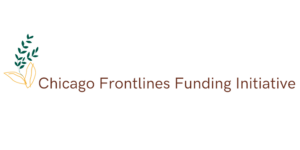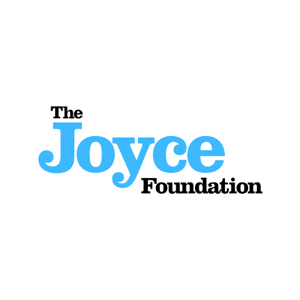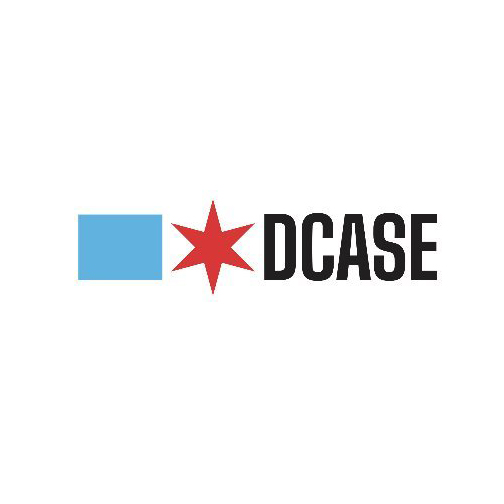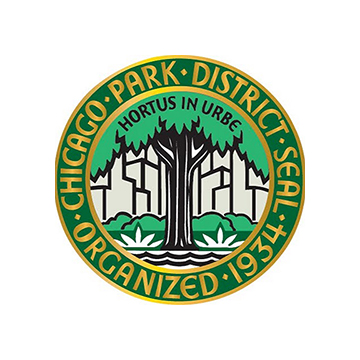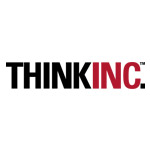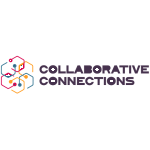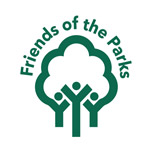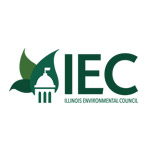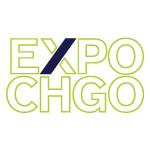E(art)H Chicago
Grant Program Process
Please note: Our grant program is closed. We invite other funders to learn from and adopt / adapt our processes as appropriate.
Grantmaking processes are often overly demanding, placing an undue burden on applicants. E(art)H Chicago was the Foundation’s first expression of a more participatory grantmaking process with input from prospective applicants on the values, content and delivery of the process.
The key stages of our process included:
1. Intention
We had an initial round of informal interviews and conversations and cast a wide net to include as many environmental organizations, artists and arts organizations, cultural institutions, funders, and community development organizations as possible.
We informed them of our intention to launch community co-creation workshops to develop a program bringing together community, the arts, and the environment. We invited them to share thoughts, listened to their ideas, feedback and experiences with similar initiatives and took rigorous notes.
2. Connection
We requested all of the people we spoke with to publicize the co-creation workshops in their communities and network and encouraged them to attend. We publicized the provision of stipends for all workshop attendees who weren’t receiving institutional support.
3. Co-Creation
Led by Seva Gandhi, a community facilitation expert, three co-creation sessions were held on a weekend, weeknight, and weekday, and attended by 75 people. A few participants were so passionate about the process that they attended all three sessions.
Each session built upon the previous one, and began with attendees being presented with the project’s foundational parameters (geographic boundaries, timeline, and available funding). Through various exercises, this community-led group collaboratively developed the “why,” “what,” and “how” of E(art)H Chicago.
4. Realization
The internal steering committee incorporated these conversations and workshops into an RFP. From there, a Review Committee was formed, including a public nomination process for a committee member. An Art Advisory Committee was also established to offer technical support on public art.
5. Reverberation
We made sure we got the word out outside of the usual suspects, and outside of the immediate circles of interest. We developed an intensive community outreach and marketing strategy, including launching a website, to promote the grant opportunity to Chicago-based artists. We held informational sessions for prospect grant applicants.
One definition of success was the sheer number of applications we received, 10x more than we anticipated and were told we would receive.
6. Deliberation
We developed essential tools to aid in screening initial letters of interest, and tracking proposal reviews and rankings. All proposals were reviewed and ranked by the internal steering committee and Art Advisory Committee using the criteria generated through the co-creation sessions.
Thirty proposals were chosen to advance forward for consideration by the Review Committee.
7. Selection
The Review Committee reviewed, ranked and discussed the thirty finalists’ proposals. Together, we selected the projects that would receive grants.


